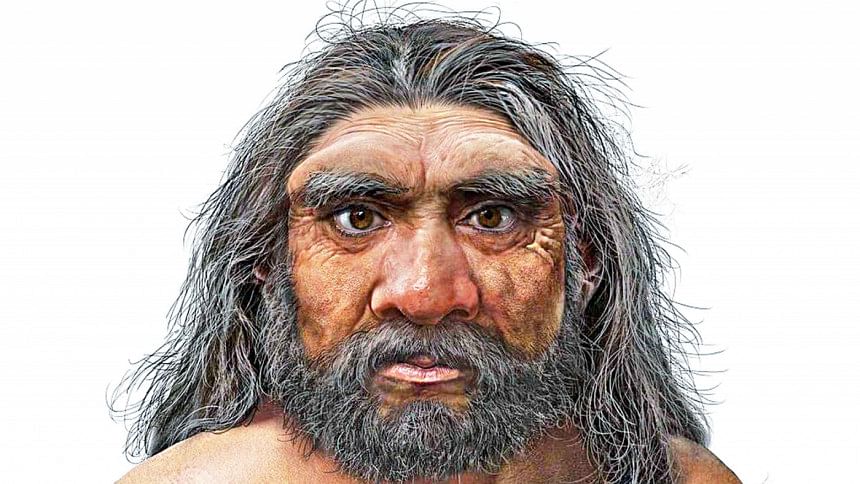‘Dragon Man’

A skull preserved almost perfectly for more than 140,000 years in northeastern China represents a new species of ancient people more closely related to us than even Neanderthals -- and could fundamentally alter our understanding of human evolution, scientists announced Friday.
It belonged to a large-brained male in his 50s with deep set eyes and thick brow ridges. Though his face was wide, it had flat, low cheekbones that made him resemble modern people more closely than other extinct members of the human family tree.
The research team has linked the specimen to other Chinese fossil findings and is calling the species Homo longi or "Dragon Man," a reference to the region where it was discovered.
The Harbin cranium was first found in 1933 in the city of the same name but was reportedly hidden in a well for 85 years to protect it from the Japanese army.
It was later dug up and handed to Ji Qiang, a professor at Hebei GEO University, in 2018.
"On our analyses, the Harbin group is more closely linked to H. sapiens than the Neanderthals are -- that is, Harbin shared a more recent common ancestor with us than the Neanderthals did," co-author Chris Stringer of the Natural History Museum, London told AFP.
This, he said, would make Dragon Man our "sister species" and a closer ancestor of modern man than the Neanderthals.
The findings were published in three papers in the journal The Innovation. The skull dates back at least 146,000 years, placing it in the Middle Pleistocene.
More than 100,000 years ago, several human species coexisted across Eurasia and Africa, including our own, Neanderthals and Denisovans, a recently discovered sister species to Neanderthals. "Dragon man" might now be added to that list.

 For all latest news, follow The Daily Star's Google News channel.
For all latest news, follow The Daily Star's Google News channel. 



Comments